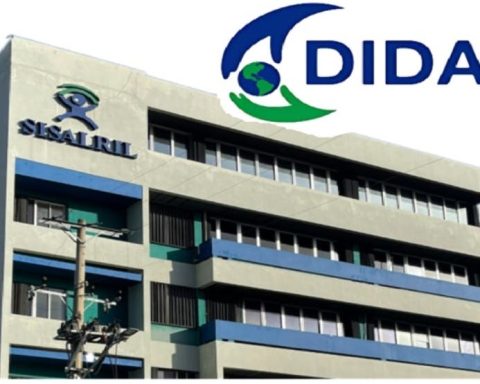Business digital transformation is accelerating the need for managed services in Information Technology (IT), both as a result of the pandemic and because of the new management needs of companies.
In this scenario, the high demand for trained technical professionals and experienced IT partners becomes relevant. To choose a good IT managed service provider, it is important to know that it is the total or partial outsourcing of trained personnel or specific infrastructure by the company to meet a temporary or permanent need. This type of service is always accompanied by a specific management model.
“Managed services are on the rise. It is expected that by the end of this year growth will be 5.6% in the acquisition of this, according to IDC figures. YOU. Therefore, it is very important to have a company that, in addition to managing, monitoring services and maintaining the infrastructure, can provide the client with a wide variety of services offering all the assistance that is needed, such as disaster recovery, software maintenance and scalability planning,” explained Julio César Ramírez Ulloa, Manager of Cloud Solutions and Data Center of Optical Networks.
LOOK: How to digitize an SME?: Five aspects to consider to stay competitive
Cost reduction and business focus
The benefits of having an IT managed service provider have a direct impact on the growth of the company. This happens because by having a technological partner, the company can easily focus on its business strategy and considerably reduces the operating costs of the technological infrastructure.
“Through an IT managed service provider, you no longer depend on specialized personnel, whose labor turnover is very high, which ends up being a risk for a company. If you opt for a strategic partner that provides these services, an economy of scale is generated, in terms of volume and constant updating,” said Julio César Ramírez Ulloa of the Peruvian technology and telecommunications company.
What types of managed IT services are there?
There are various types of managed services depending on the solutions required by companies. Initially, there is the administration of IT infrastructure, cloud, operating systems, databases and applications that include proactive monitoring, prevention of system crashes and immediate attention to incidents and requirements.
Network and infrastructure services can also be accessed. These include building or configuring on-site or third-party infrastructure, connecting via fixed, Wi-Fi or mobile networks, or remotely managed printing.
The maintenance of security -such as anti-malware protection-, communications features such as data, voice and video management; data analytics and support
Finally, the specialist indicated that these processes accelerate the digital transformation of companies. However, they must rely on strategic partners that meet international quality and cybersecurity standards.
RECOMMENDED VIDEO
:quality(75)/cdn.jwplayer.com/v2/media/GecYunsR/poster.jpg)

















